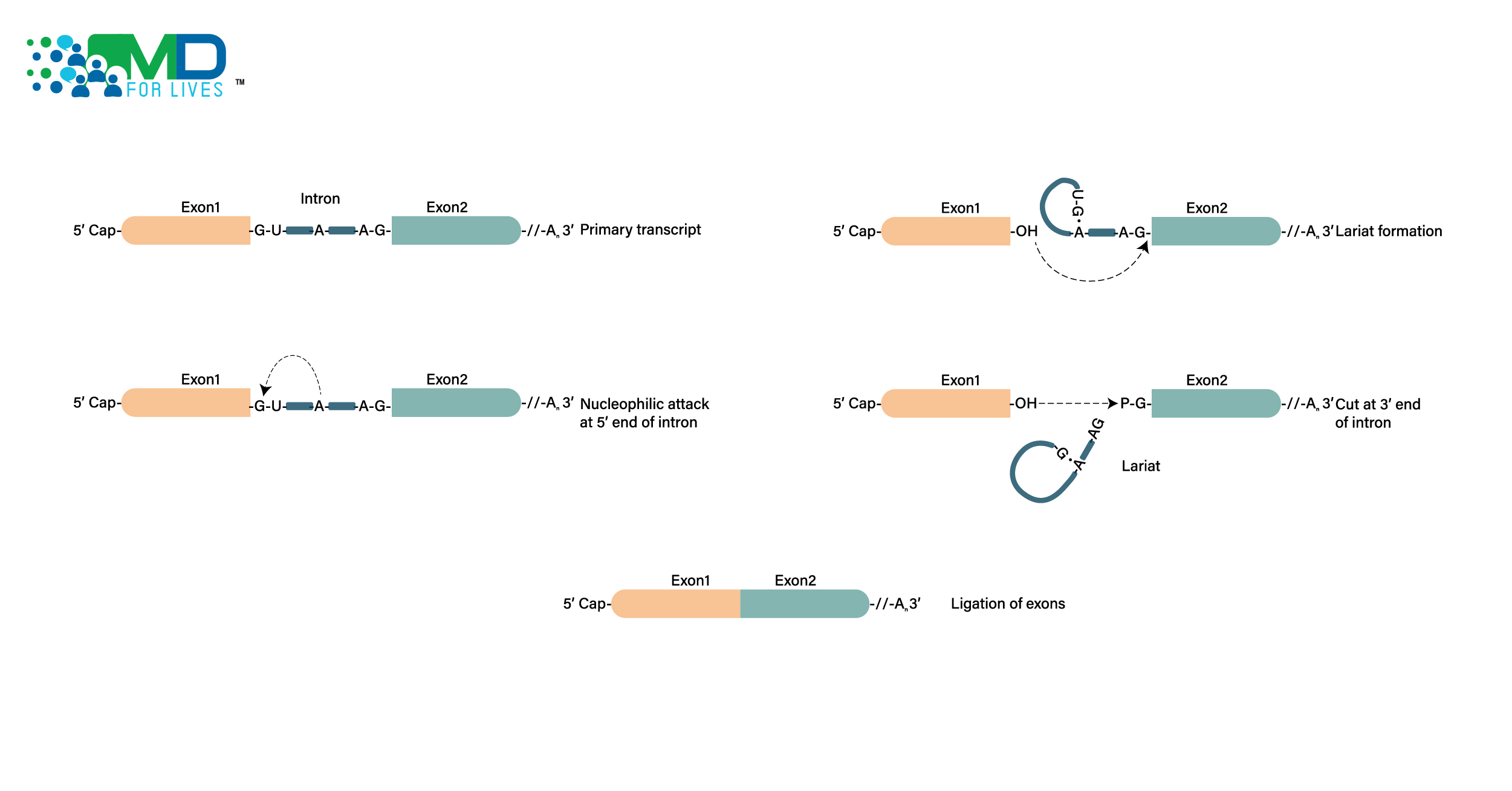Childhood headache, although not a common presenting symptom is the second most common neurological presentation in the Emergency Department (Seizure being the first).
The majority of childhood headache patients do not have an acute neurological emergency. With a thorough history aided by a focused physical examination, unnecessary imaging-specifically Computed Tomography (CT) scan of the head-and other invasive investigations can be deferred. Evidence from multiple epidemiological studies in children show a non-negligible increased risk of brain neoplasms following ionizing radiation from a CT scan to the head.
As primary care and emergency room physicians who are typically the first point of contact for such patients, it is vital to understand those red flags in the history and exam that justify a CT head. While we do not want to overlook a sinister cause for a child’s headache, we also do not want to do undue harm by exposing young children to unnecessary radiation.
Those features on history and physical examination that should prompt clinicians to investigate further (including a CT head) are:
- A combination of fever, altered mental status, signs of meningismus (eg. Kernig’s/Brudzingki’s sign) or seizure should be highly suspicious for meningitis, focal encephalitis, intra-cranial infection. Consider a CT head to assess for signs of increased intracranial pressure before considering a Lumbar Puncture while antibiotics and anti-virals are started.
- Increasing frequency and intensity of a sub-acute onset of headaches coupled with signs of increased intracranial pressure such as Papilledema, diplopia, cranial nerve deficits are red flags that warrant an immediate CT scan of the head. At the top of the differential is an expansile intra-cranial mass.
- Headaches when supine or waking children up during sleep, or occurring during valsalva, cough, straining are concerning for an intra-cranial mass or Arnold Chiari malformation: A CT head is warranted.
- A CT head is suggested for a headache and any sign of a focal neurological deficit including: loss of visual fields, focal weakness, sensory deficits, asymmetric reflexes or hypertonia with spastic catch, cerebellar signs.
- Specific to the pediatric population is consideration of new onset headaches in the context of neuro-cutaneous signs on exam. For example, patients with Tuberous Sclerosis are at risk for the development of Subependymal Giant Cell Astrocytoma (SEGA), which can lead to hydrocephalus, increased intra-cranial pressure and death if left untreated. Those with Neuro-fibramotosis are at risk of brainstem glioma with its subsequent complications. Physicians should have a high index of suspicion for an intra-cranial mass of those children with headaches and neuro-cutaneous signs on skin exam.
Ideally, a Magnetic Resonance Imaging (MRI) scan compared to CT scan can provide more information. Importantly, MRI avoids the risk of radiation compared to CT. Unfortunately, as most smaller centres are not equipped with an MRI machine, and anesthesia is needed for younger children who can’t lay still for an extended period of time, a CT head may be the only option for some physicians. Not to mention that it can take less than two minutes to undergo a CT scan compared to several minutes required for an MRI scan.
The majority of childhood headaches are eventually diagnosed as first presentation of primary headache, especially if there is a positive family history of primary headaches with a benign history and normal physical examination.
A careful review on excluding red flags suspicious for an intra-cranial process will help physicians make informed clinical decisions when treating childhood headache patients, while simultaneously preventing harm from ionizing radiation from a CT scan of the head.
References:
- https://www.sciencedirect.com/science/article/abs/pii/S0929693X20302049?via%3Dihub
- https://www.ncbi.nlm.nih.gov/pmc/articles/PMC5932294/pdf/btrt-6-1.pdf
- https://touchneurology.com/headache-disorders/journal-articles/pediatric-migraine-an-updated-review/
- https://link.springer.com/article/10.1007/s11916-022-01032-y
Written by:
Dr. Aly Aziz
MD, FRCPC Pediatric Neurology, Oakville, Ontario, Canada

MDForLives is a vibrant community of healthcare professionals and patients dedicated to shaping the future of healthcare. We provide valuable global insights to healthcare companies through online surveys, interviews, and discussion forums.






